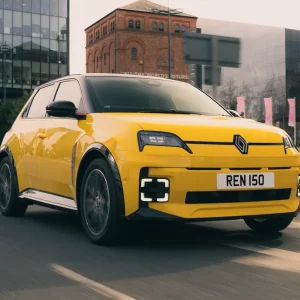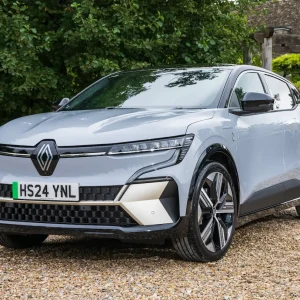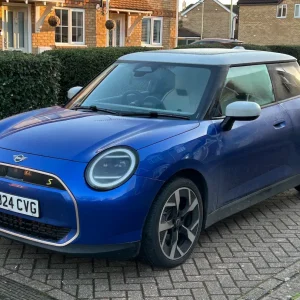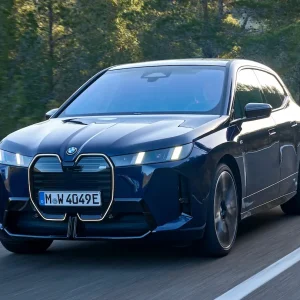BusinessCar first sampled Jaguar’s landmark sports car in its initial convertible guise in autumn 2013 and now it’s the turn of the newer hard-top Coupe.
You don’t have to look far, or even do much more than turn the engine on, to see what all the fuss is about. The fixed head arguably makes it more graceful than the cabriolet, too.
The ‘entry-level’ 340hp 3.0-litre V6 model tested here is good for 0-62mph in 5.3 seconds and 161mph flat out. More powerful versions are available, which are capped off with the 550hp R, capable of 0-62mph in 4.0 seconds and 186mph.
Quick as it is, faster cars are out there and the F-type’s appeal isn’t just in its performance. The engine emits an addictive snarl and the tailpipes crackle and pop when you lift your foot off the throttle.
The interior is plush, classy and generally feels a lot more special than the well-built but clinical affairs found in Porsches. The same goes for the handling – the Jaguar is marginally softer than an equivalent Cayman but highly involving and great fun.
A fleet operator is never going to consider the F-type an essential car, but for the privileged few high-flyers with healthy choice lists and business owners able to write down a proportion of the cost, it’s a strong contender on grounds of more than just desirability.
Its residual value of 53.0% is, in a word, astonishing. It’s enough to put pay to the rival Porsche Cayman’s comparatively meagre figure of 45.3% in its 3.4 S PDK guise, which most closely matches the F-type.
The Jag’s SMR costs are also half that of the Porsche’s at £3595 versus £7043, and even though the former has a slightly higher P11D value, and emissions of 205g/km (15g/km more than the Porsche), it still beats its German rival by more than 7p per mile at 100.6ppm versus 107.8ppm.
We’d never say the Cayman is a bad car to drive, but the F-type is arguably level pegging, and it’s by far the more theatrical of the two.





